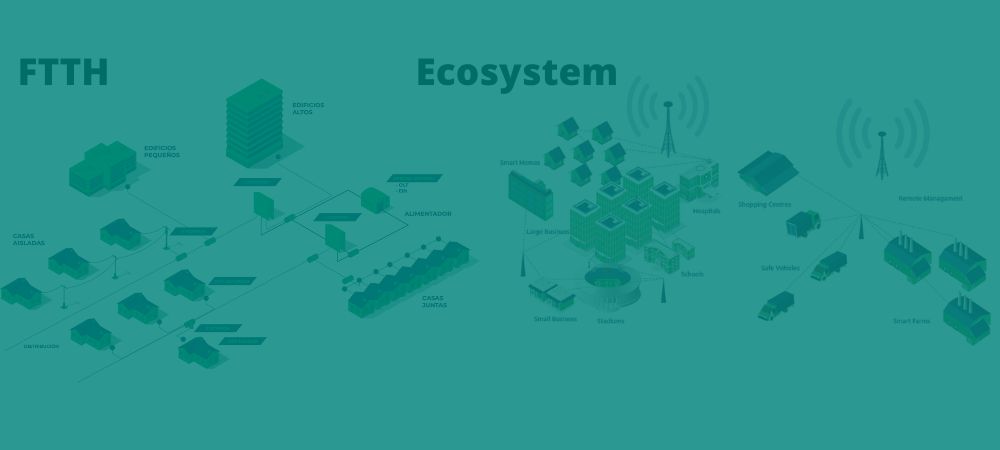
Did you know?
Phishing comes from the word “fishing”, referring to use a bait and waiting for the victims to “take the bait”.
What is Phishing?
It is a method used by cybercriminals to deceive and obtain personal information, such as passwords, financial data, among others.
How to recognize a Phishing?
If you receive messages requesting sensitive personal data through emails and/or a website.
How to avoid Phishing?
- Do not answer to emails with unknown links.
- Do not open unknown email attachments.
- Do not provide confidential information to anyone by phone, email or in person.
Common Phishing Phrases
- We have detected an unusual access to your account.
- Click here to download your account statement.
- Fill out the following form to verify your data.
- You are the winner, enter your information to claim your prize.
How to detect Phishing?
Phishing is detected by looking at the sender of the email. Usually, it takes the form of a member of a nearby institution or of the same institution in which we work.
You must be on guard to small details that reveal the veracity of the email and its contents.
In case a user pretends to be from GSB, his/her email will not end in @gsb.lat, but will have Gmail, Hotmail, Yahoo or another domain.
Frequently, this type of emails seek to steal information, both banking and associated emails in order to access banking or sensitive information.
An example of a pishing email common structure is:

Usually, when opening the link it will send us to a clone page that will look exactly the same as the real one, so we can access with our credentials and in this way the attacker will receive our username and password to steal our accounts.
The most common Phishing attacks are aimed at banking institutions, Hotmail or Gmail accounts.
You can count on GSB to protect your systems, companies and assets in more than 18 countries, in which we have presence. Contact us by clicking here. Contact us by clicking here.




